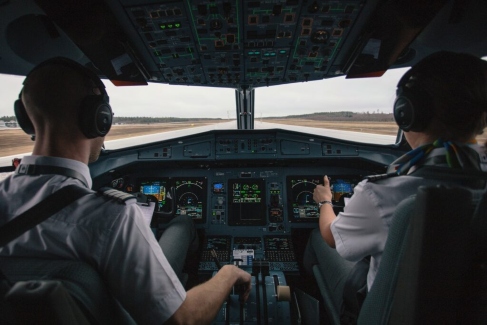
Aviation in 2023: Great Promise, But Turbulence Ahead
After a year of overall improvement, 2022 did not exit quietly. Massive winter storms wreaked havoc for the holiday travel season, exposing the yin and yang of the industry. Widespread and pent-up demand, particularly among leisure travelers, bumped up against staff shortages and technology weaknesses that limited the airlines’ ability to pivot quickly in the crisis. And airport modernization and infrastructure improvements are booming, even as some worry that continued airline consolidation could limit competitiveness and bring higher prices.
One thing is certain: the industry has never experienced such a turbulent period. After COVID-19 brought the world to a standstill in March 2020, airports and airlines found themselves scrambling for simple survival as passenger traffic essentially vanished, particularly on international routes. In 2021, airlines embraced the unpredictable as infection rates ebbed and flowed, changing their schedules with unprecedented speed and adding routes and destinations that may be described as atypical. Finally, in 2022, the widespread adoption of vaccines and nearly full resumption of international travel gave the industry its “new normal,” and plans were made with more confidence as passengers surged back into airports.
This brings us back to the future. So what’s ahead for carriers and airports in 2023? Below, Blue Sky News examines what we think will be five of the most important stories to watch this year, with each having a potentially major impact on the industry. Stay with us throughout the year for more on what is shaping up to be a dynamic year for aviation. Cargo markets- a source of life support for airlines during the pandemic — will continue to account for a sizeable share of revenues in 2023, albeit at a lower level than in recent years.
“Revenues are expected to be $149.4 billion, which is $52 billion less than 2022 but still $48.6 billion stronger than 2019,” according to the report.
The report also noted that higher costs relating to energy prices and labor, skill, and capacity shortages would continue to weigh on revenues but at a lower level. The forecasts follow a chaotic year for air travel, with flight cancellations, delays, and staff walkouts commonplace at many major airports. However, Walsh said he thinks most of that disruption is now over, and passengers should expect a smoother travel experience in the future.